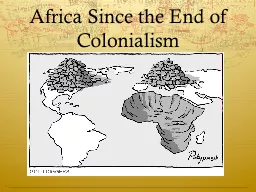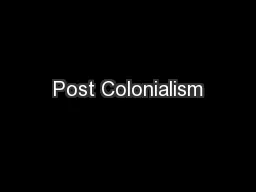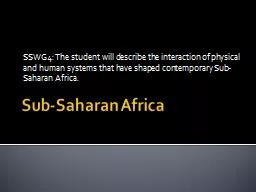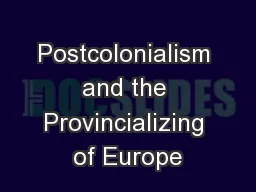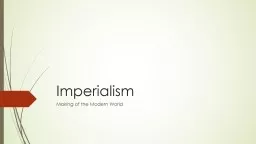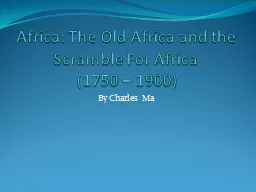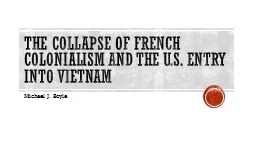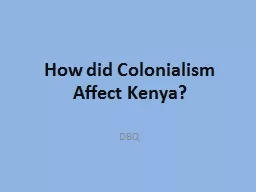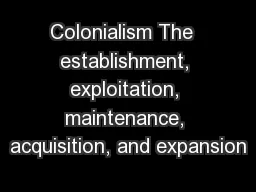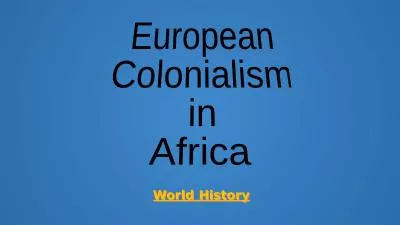PPT-Africa Since the End of Colonialism
Author : jane-oiler | Published Date : 2016-07-30
Artificial Boundaries 18841885 the Conference set rules for how Europe would divide Africa This event is known as the for Africa Leaders of Europe met together
Presentation Embed Code
Download Presentation
Download Presentation The PPT/PDF document "Africa Since the End of Colonialism" is the property of its rightful owner. Permission is granted to download and print the materials on this website for personal, non-commercial use only, and to display it on your personal computer provided you do not modify the materials and that you retain all copyright notices contained in the materials. By downloading content from our website, you accept the terms of this agreement.
Africa Since the End of Colonialism: Transcript
Download Rules Of Document
"Africa Since the End of Colonialism"The content belongs to its owner. You may download and print it for personal use, without modification, and keep all copyright notices. By downloading, you agree to these terms.
Related Documents

